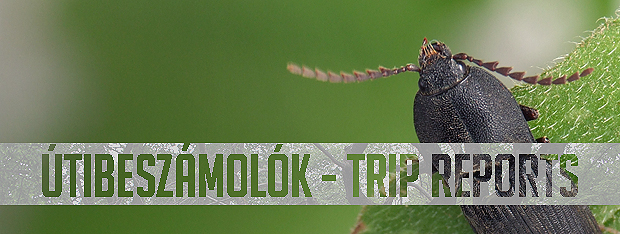
TRIP REPORTS
IV.30-V.2.2010, CROATIA
Translated by Emese Jókuthy.
At the
weekend I went to
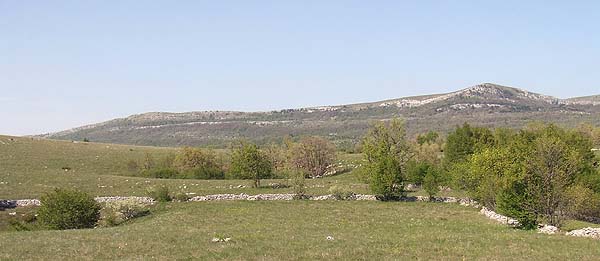
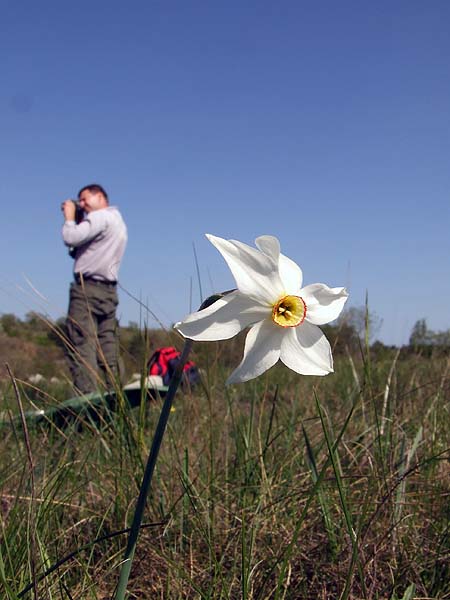
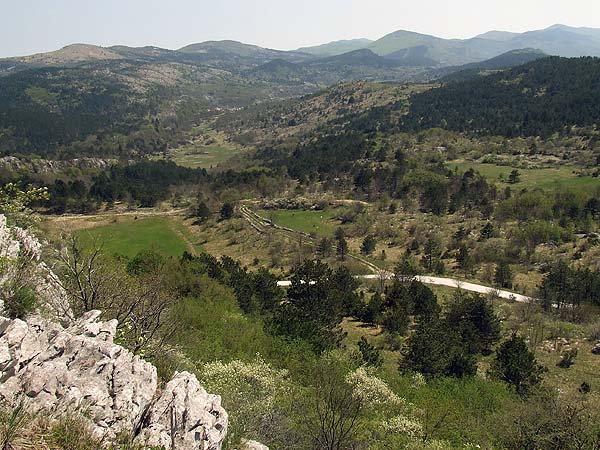
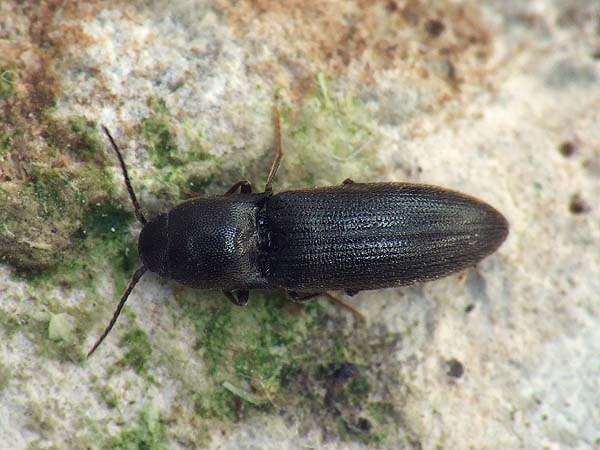
Idolus picipennis
lives in mountainous habitats..
Orchis simia (photo: A. Kotán)

Sizeable specimens of Otiorhynchus cardiniger were fallen into the umbrella (used for knocking) from hawthorns in bloom.
(photo: A. Kotán)
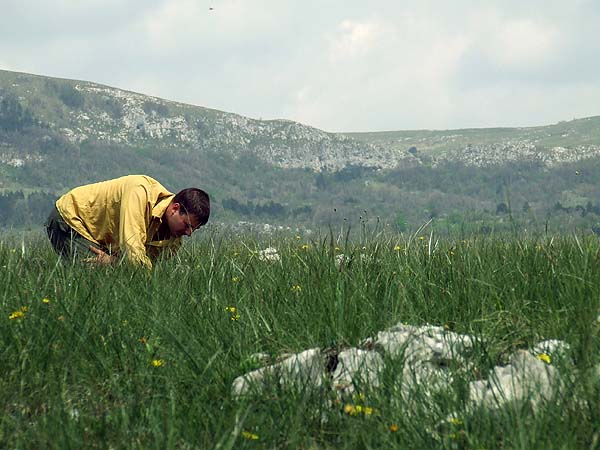
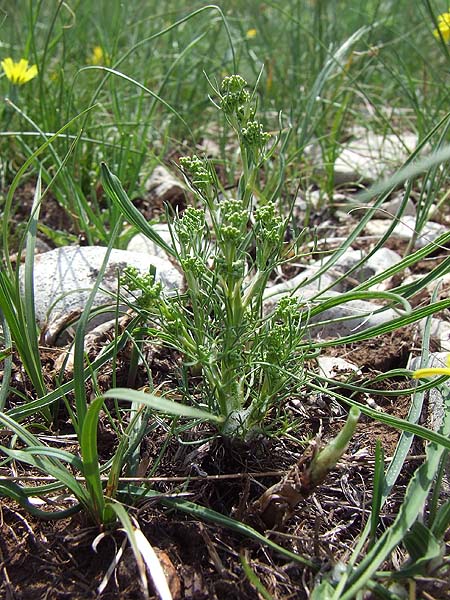
The herb serving as hostplant had just sprung out of the earth, though it is a good-sized plant when full grown.
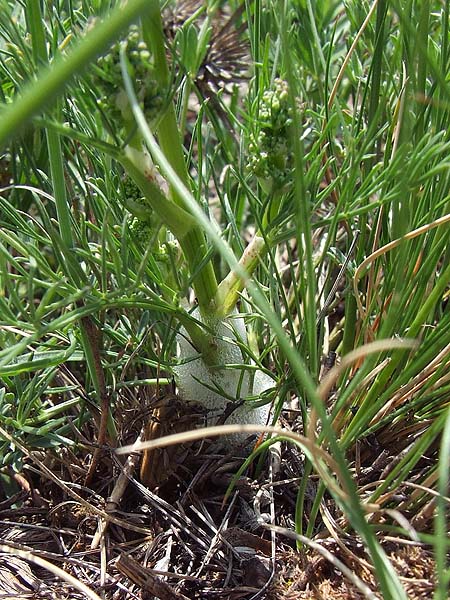
On a small area we have found some of those plants, and after some searching on all fours
mating longhorn beetles were found.

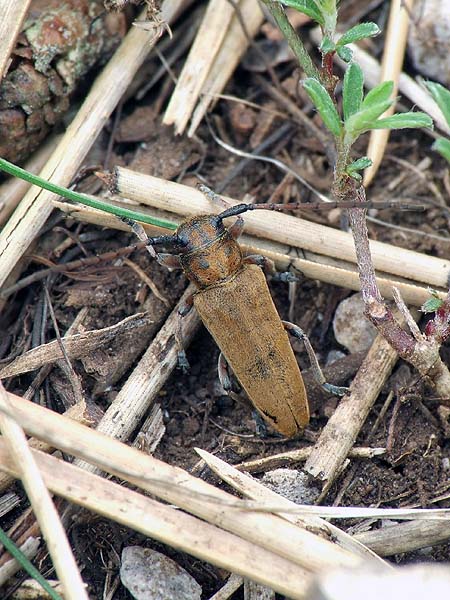

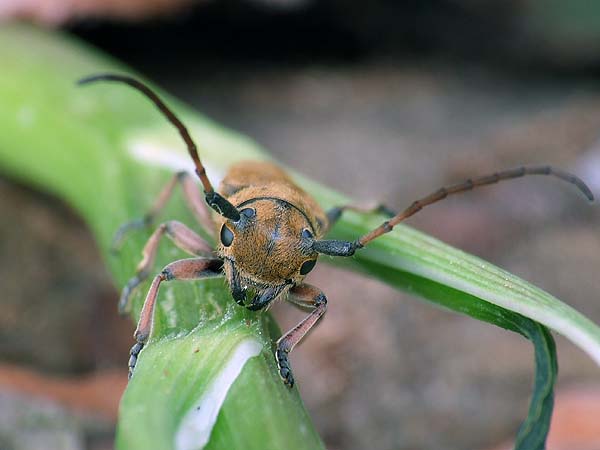
Musaria cephalotes might have been named after the club-shaped head of its male.
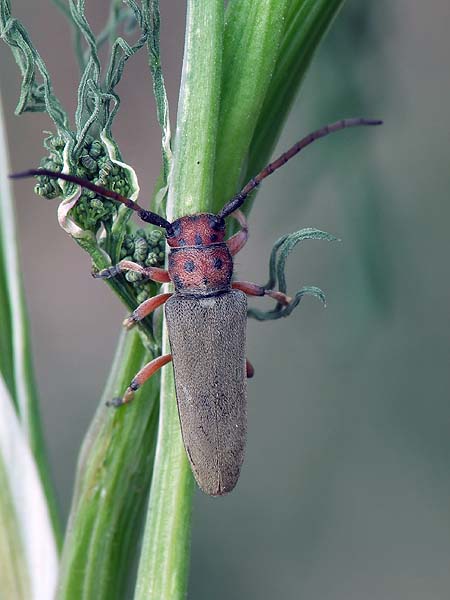
Musaria affinis also occurs in Hungary and feeds on the same plant as the one mentioned just above.
A male M. cephalotes was about to mate with this female when I interrupted the prurient contact.
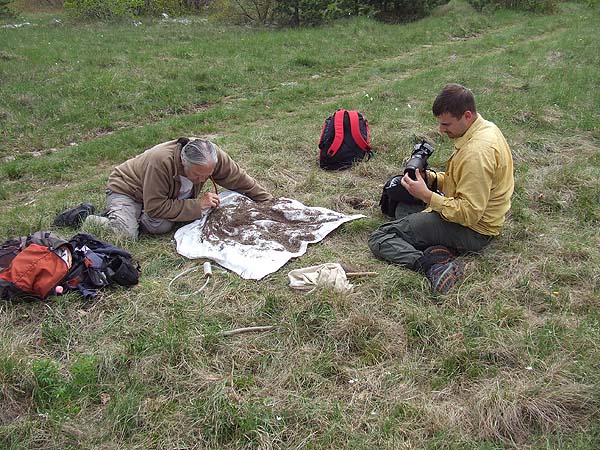
Sifting the remains of the last year’s grass tufts we got some small true weevils.
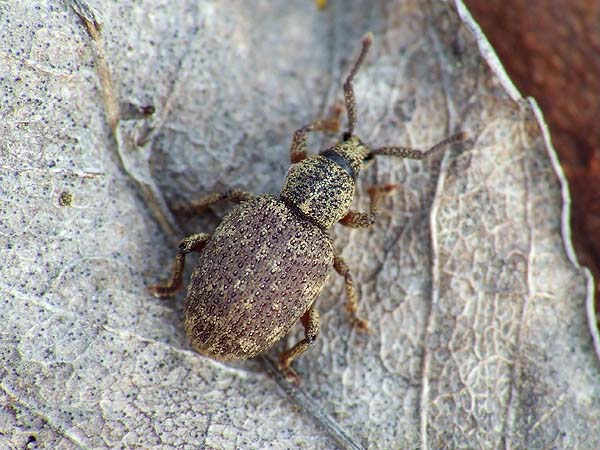
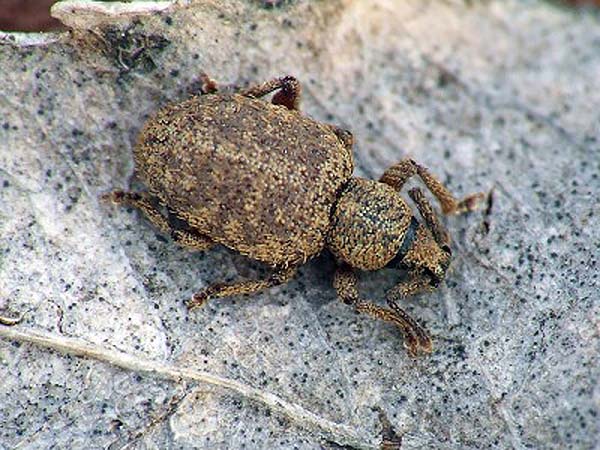
Simo stussineri (Stierlin 1880).
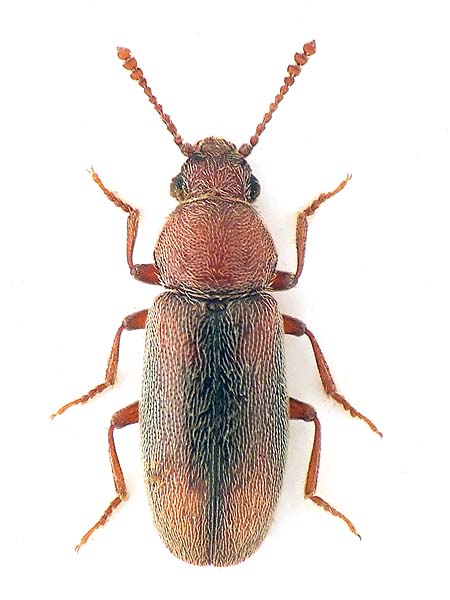
(Macrophagus robustus)
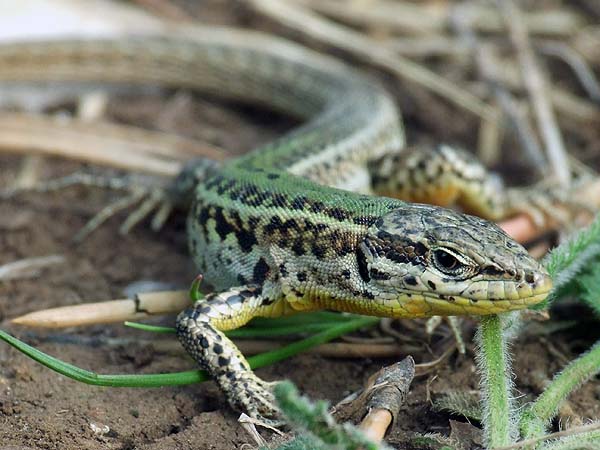
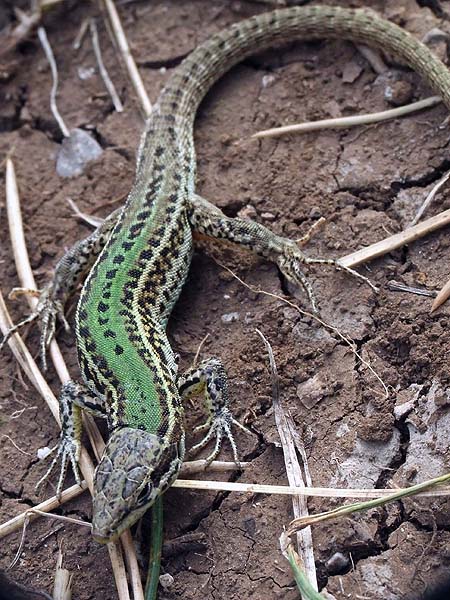
Italian wall lizard (Podarcis siculus)
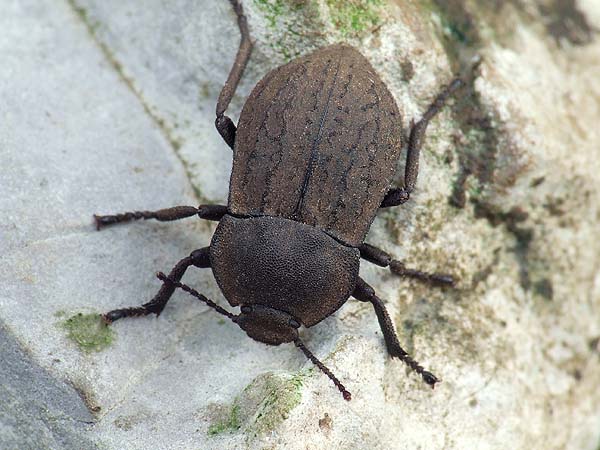
It was worth crawling about so much on the ground because Asida sabulosa was found.
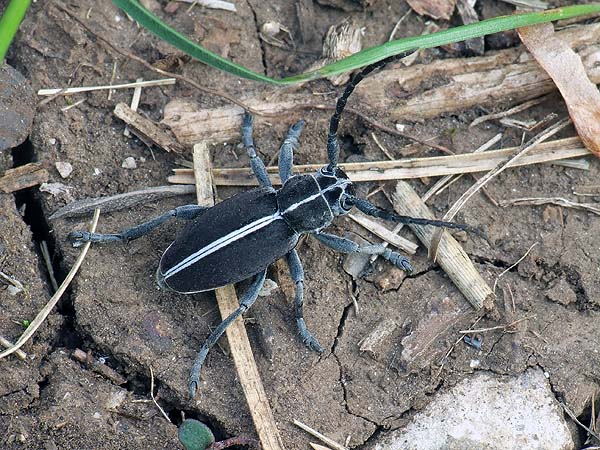
Dorcadion arenarium common in Croatia.
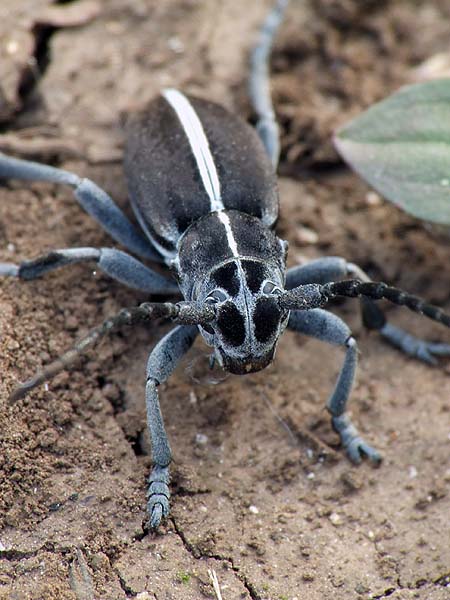

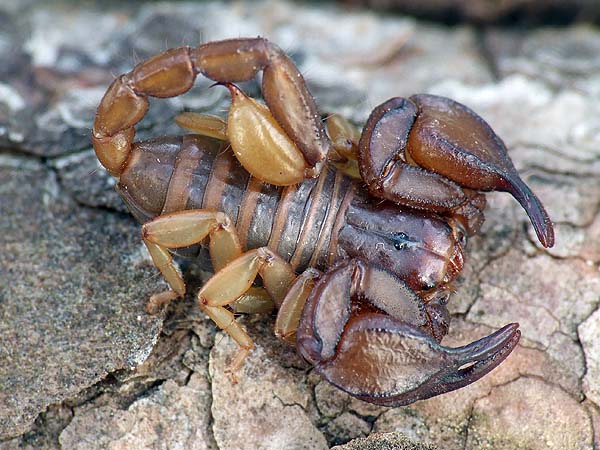
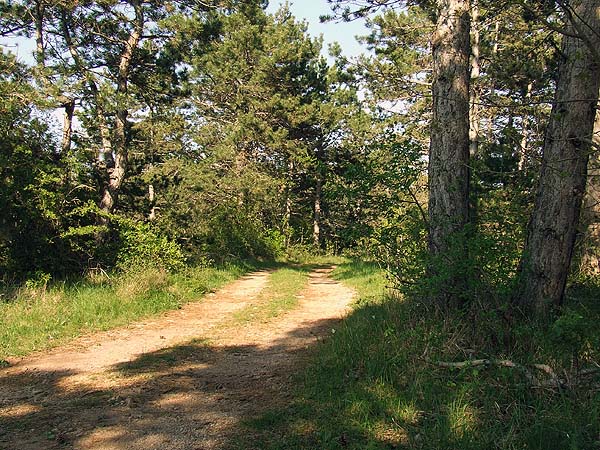
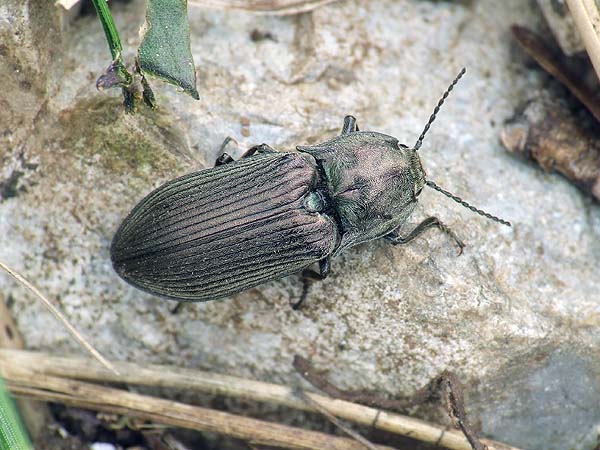
Specimens of Selatosomus latus common in Hungary, too, were crawling on the ground and up the grass blades.
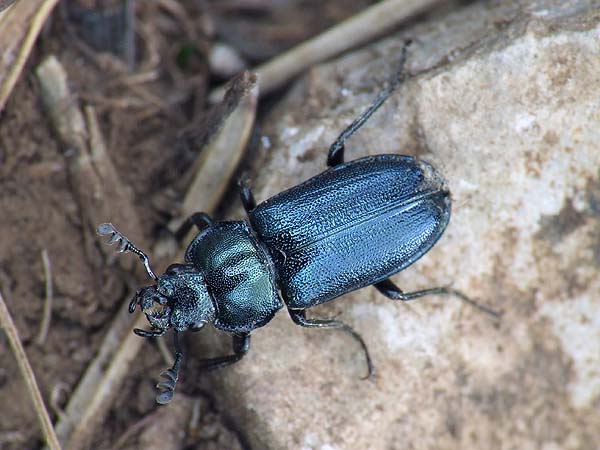
Platycerus caraboides.
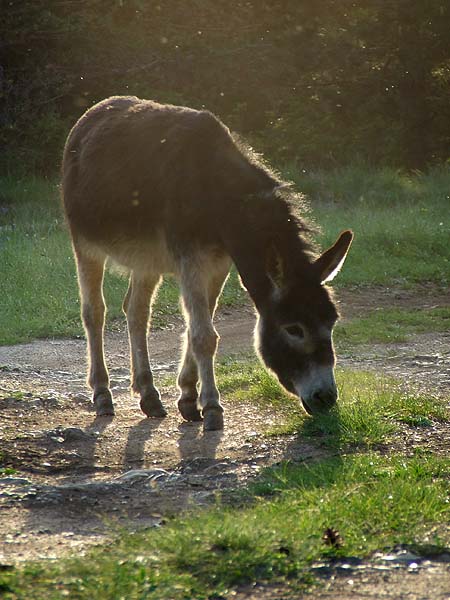
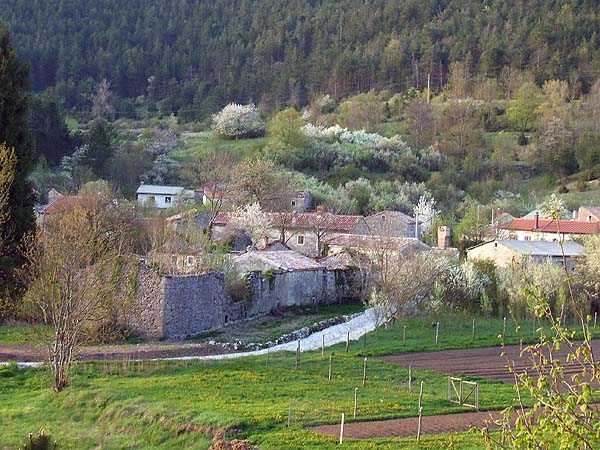
Abandoned homes in a nearly deserted village in the mountains.
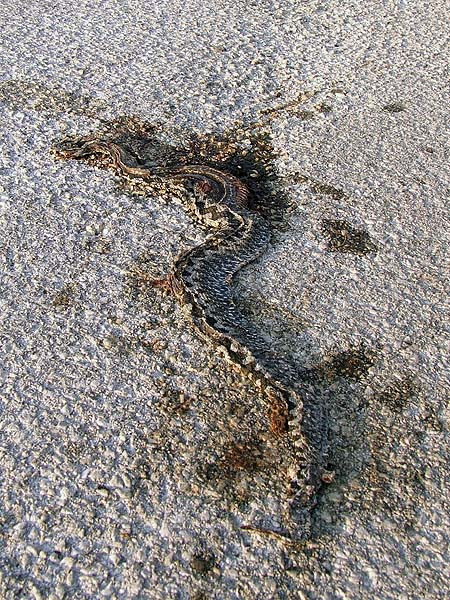
Road killed horned viper. Luckily, we also encountered a living one basking in the sun.
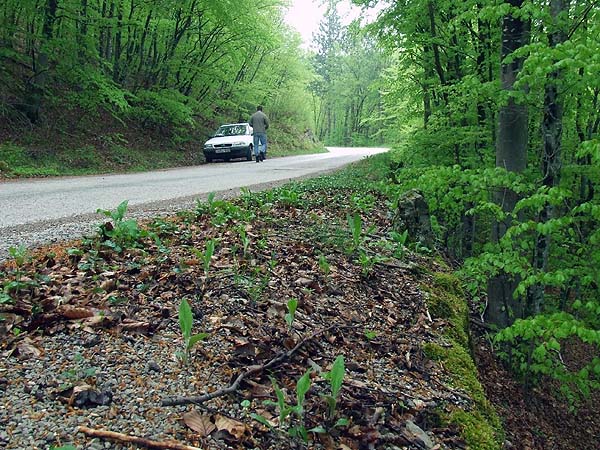
We lingered around in the beech forest we passed through while wandering upwards.
Results were the larvaes of Xylosteus spinolae and Saphanus piceus.
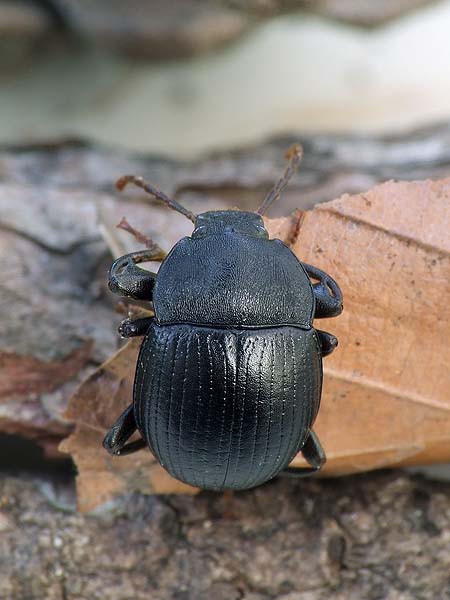
Accanthopus velikensis.

Hypulus bifasciatus.
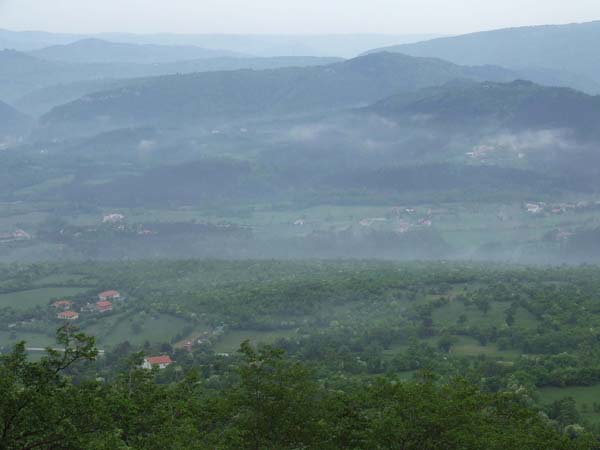


On our way home on Sunday we stopped for a while by a willow habitat near Kiskanizsa.
Cutting an alder buckthorn twig, Attila found some larvae of the longhorn beetle Oberea pedemontana.
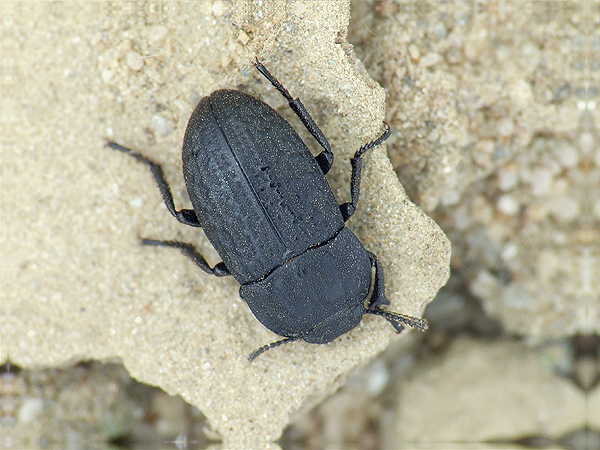
And I encountered Opatrum riparium at last, a rare congener of Opatrum sabulosum,
a quite common darkling beetle species.

Copyright
©
2009. Hungarian Natural History Museum,
Department of Zoology, Coleoptera Collection